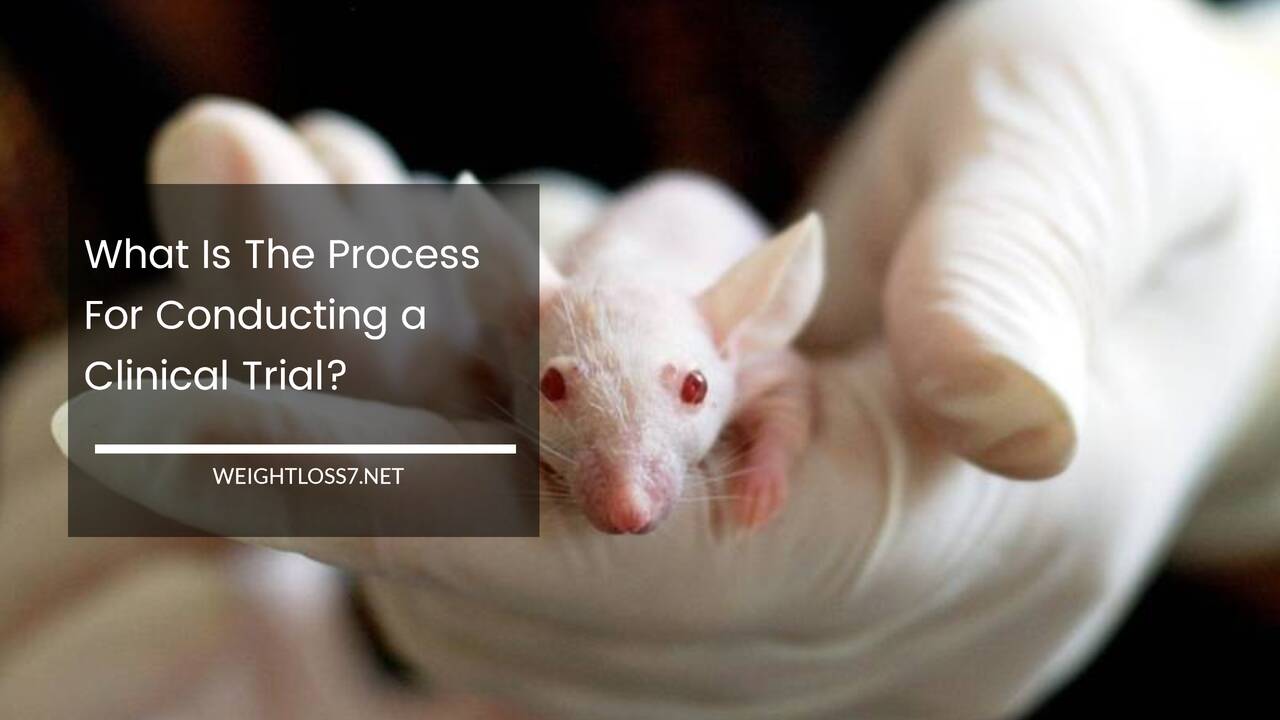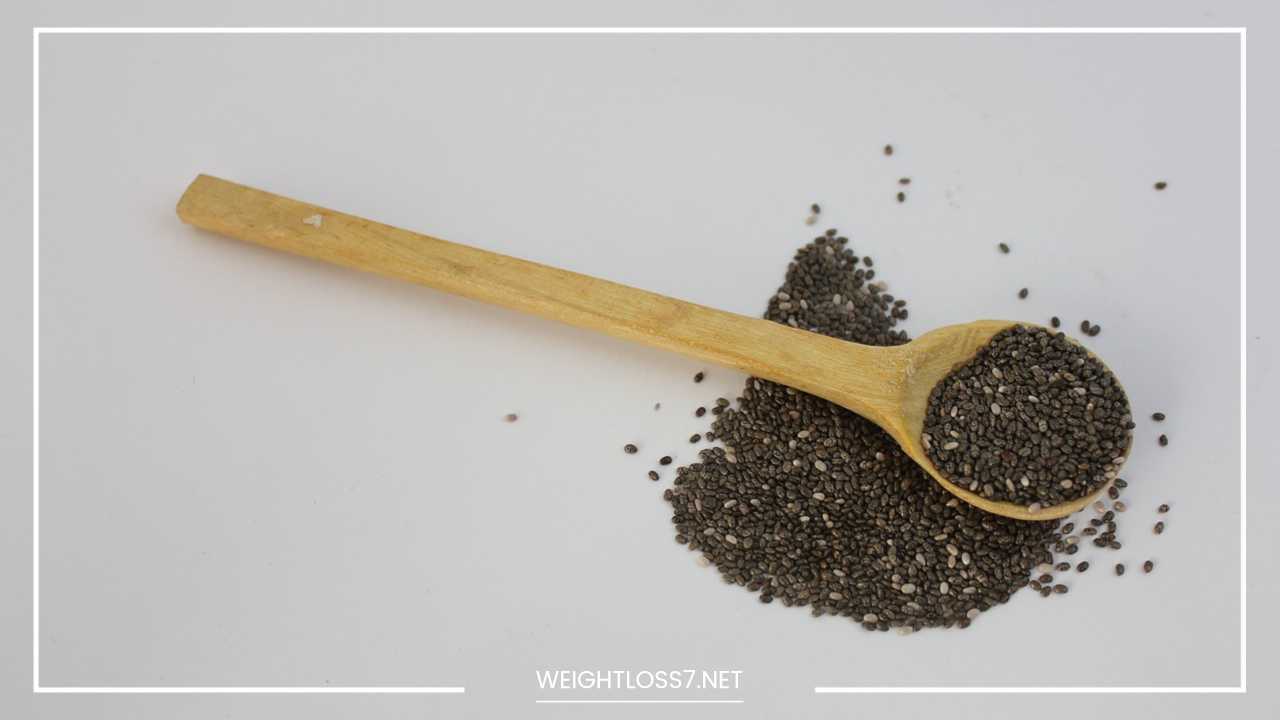What Is The Process For Conducting a Clinical Trial?

Scientists and medical experts are constantly seeking out new medicines, either to refine existing drugs or develop new and more effective ones.
However, there is much more to the process than simply developing a new medicine and making it available to the public or health professionals.
Every country has strict laws and guidelines regarding the development and use of medications and treatments, with rigorous safety procedures to ensure that drugs are as safe as possible.
The Early Stages
Once a medical research team has decided on a drug formulation to be tested they typically perform early tests in the laboratory, often using animals to establish the non-toxicity of the medicine.
Once the drug has passed through this initial testing process it is necessary to test it out on an initial sample of human volunteers, who would expect to be paid for their participation in the project.
Numbers are kept small at this stage in case of any adverse effects and, depending on the drug, its purpose and effects, the participants might need to be monitored for anything from a few hours to a few days.
This can be an expensive and labour-intensive process which is why many research times and companies call on the services of a dedicated facility to conduct these Early Phase Studies.
Testing On Patients
Once the drug or medicine has been proven safe, the main body of the clinical trial can take place. Volunteers are recruited from patient groups according to guidelines laid down by the head of the research team.
Generally speaking a study will involve a number of patients who will be treated with either the trial product or a placebo, with neither the practitioner nor the patient knowing whether they are receiving the genuine medicine.
Initial trials are known as ‘pilot studies’ and are often used to determine whether the treatment is worth pursuing further.
In some cases volunteers are recruited who have failed to respond to any other treatments currently available and who, with no further options available to them, have little to lose if the treatment is ineffective.
Once data has been collected to show that the new medicine has a positive impact on patients, larger trials usually commence.
Patient volunteers are recruited according to strict criteria, often from a large nationwide or international sample.
A document known as a ‘clinical trial protocol’ is issued to ensure that all medical professionals and patients abide by a strict set of rules in order to achieve a credible end result.
The data collected has to be analysed extensively, often for months or even years, to ensure that the majority of side-effects can be monitored along with the ramifications of long-term use on the patients’ health.
Once all the data has been collated and checked the drug or medicine is licensed for production and use by the public or health professionals.
















